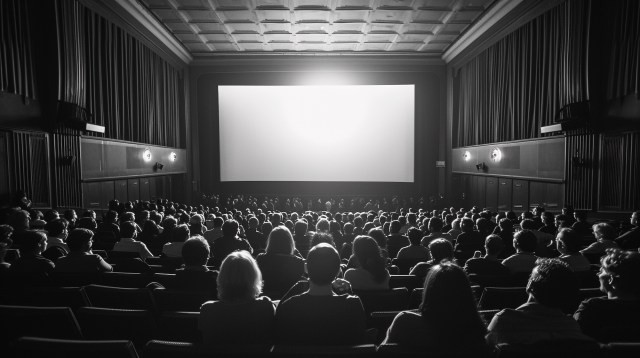
The silent film era holds a special place in the history of cinema. From the late 19th century to the early 1930s, silent films captivated audiences around the world with their unique storytelling techniques. While soundless and devoid of dialogue, these films relied heavily on visual storytelling, making them an essential foundation for modern filmmaking. In this article, we will delve into the historical importance of the silent film era and explore how it shaped the art form we know today.
Preserving Cultural Heritage and Historical Documentation
Silent films serve as valuable cultural artifacts that provide a glimpse into a bygone era. They offer us a window into the past, showcasing not only the evolving techniques of early filmmakers but also capturing everyday life and societal norms. These films often feature scenes from cities that have undergone significant transformations over time or depict events that have shaped our collective history.
For example, Charlie Chaplin’s iconic character “The Tramp” represents not only a timeless comedic figure but also serves as a reflection of society during that period. His struggles in poverty-stricken urban environments resonated with audiences worldwide and shed light on social issues prevalent at the time.
Pioneering Techniques in Filmmaking
During the silent film era, filmmakers faced unique challenges due to technological limitations. Without synchronized sound or advanced special effects, directors had to rely on innovative techniques to convey their stories effectively.
One such technique was visual storytelling through exaggerated gestures and facial expressions. Actors had to emote vividly to compensate for the lack of dialogue, leading to highly expressive performances that became synonymous with silent films.
Additionally, silent films pushed boundaries in terms of cinematography and editing techniques. Directors experimented with different camera angles, lighting setups, and editing styles to create visually captivating narratives. These pioneering efforts laid the foundation for future advancements in filmmaking technology and aesthetics.
International Reach and Cultural Exchange
Silent films played a crucial role in cultural exchange, transcending language barriers and reaching audiences worldwide. As these films relied primarily on visuals, they could be understood and appreciated by people from various linguistic backgrounds.
This global appeal led to the exportation of silent films, allowing different cultures to experience stories from other parts of the world. For instance, German expressionist films like “The Cabinet of Dr. Caligari” introduced audiences to a unique visual style that influenced filmmakers around the globe.
Influence on Modern Filmmaking
Many elements of silent film techniques continue to influence modern filmmaking practices. The emphasis on visual storytelling, expressive acting, and inventive cinematography can be seen in contemporary movies.
Filmmakers today often pay homage to the silent film era by incorporating its techniques into their work. Directors like Quentin Tarantino and Martin Scorsese have drawn inspiration from silent films’ storytelling methods, using visual cues and expressive performances to enhance their narratives.
Furthermore, the restoration efforts of silent films have shed light on their historical importance and rekindled interest in this era among film enthusiasts. By preserving and showcasing these early works, we can better appreciate the artistry and innovation that went into creating them.
In conclusion, the silent film era holds immense historical significance for cinema as a whole. These early films not only preserve cultural heritage but also pioneered techniques that continue to shape modern filmmaking practices. By understanding and appreciating the contributions of this era, we can gain a deeper appreciation for the evolution of cinema as an art form.
This text was generated using a large language model, and select text has been reviewed and moderated for purposes such as readability.






